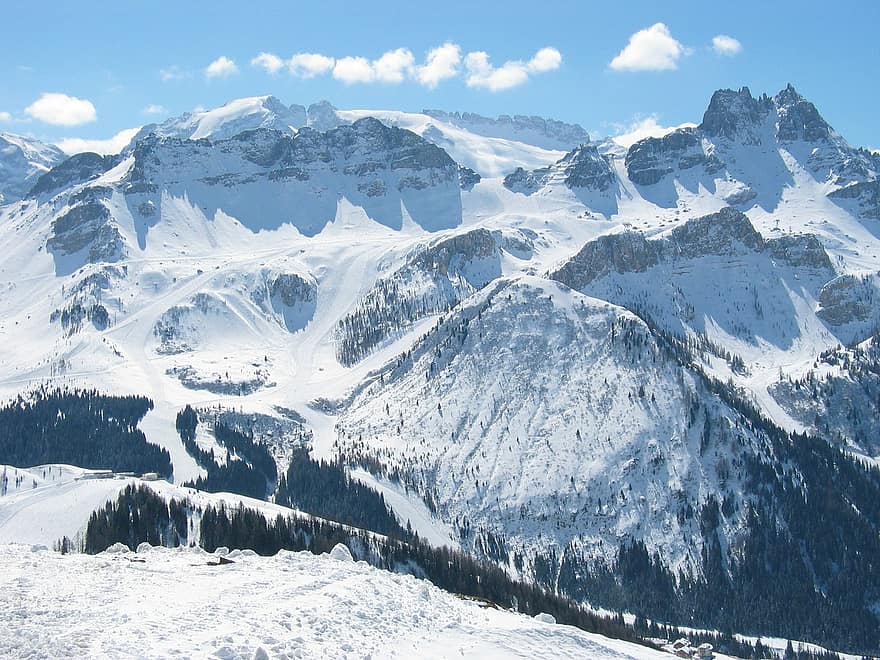The mysterious appearance of pink glacial ice in the Alps in Italy has raised climate concerns in the country, as the discolouration has been caused by algae known to accelerate the effects of climate change.
The pink snow seen on parts of the Presena glacier is caused by algae known as Ancylonema nordenskioeldii, which has been linked to increased rates of melting ice in Greenland's dark zone.
"The alga is not dangerous, it is a natural phenomenon that occurs during the spring and summer periods in the middle latitudes but also at the Poles," Biagio Di Mauro of Italy's National Research Council told AFP.
Previously this type of algae has been prominently seen in Greenland, as National Geographic reports. “It’s actually a global occurrence,” says Alexandre Anesio, a biogeochemist from the University of Bristol told the travel magazine.
Due to its colour, ice generally reflects the vast majority of the sunlight reflected upon it, slowing the rate of melting. The pink algae, however, darkens the colour of the ice making it more prone to absorbing heat. "Everything that darkens the snow causes it to melt because it accelerates the absorption of radiation," explained Di Mauro.
“In order for them to form visible blooms and increase the melting of the snow and ice, they just need the right conditions, which at a minimum involve basic nutrients and melting,” explained Anesio. “As the climate gets warmer, the availability of liquid water from snow and ice becomes higher, favouring the growth of snow and ice algae.”
“I think that this is increasingly becoming a problem in Arctic, Alpine, and Himalayan glaciers," Anesio says.
Similar growths have also been seen in the Antarctic in 2020, with both "blood red" and "green" snow reported on the continent.
The Brussels Times

